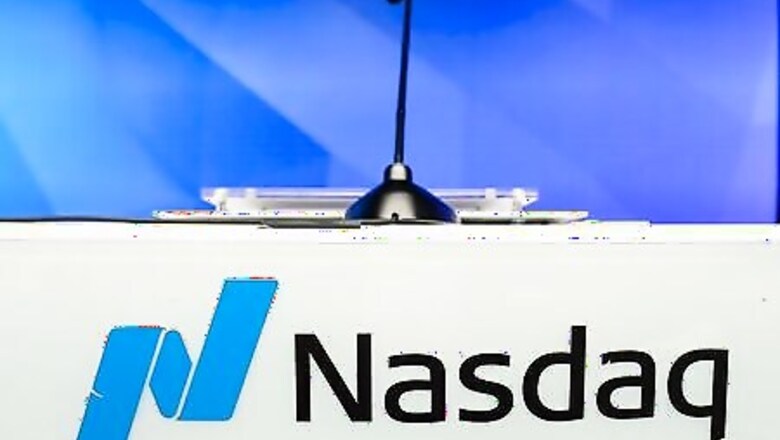
views
NEW YORK: Exchange operator Nasdaq Inc has filed with U.S. regulators to change its rules to enable companies that debut on the stock market through a direct listing to raise capital, as an alternative to an initial public offering.
The move underscores a desire for an alternative route to the public markets to an IPO, for decades the avenue used by the likes of Amazon.com Inc and Apple Inc , amid criticism by venture capital firms that investment banks underprice IPOs to help investors score big gains.
Nasdaq made the proposed rule change in a filing submitted on Monday and which is set to be published by the U.S. Securities and Exchange Commission (SEC) on Tuesday.
Nasdaq has been working on the filing for around a year, according to a person familiar with the matter.
The SEC already allows direct listings for companies that do not raise capital in the process. In 2018, music streaming business Spotify Technology SA was the first major company to go public through a direct listing.
The rival New York Stock Exchange (NYSE) in June submitted an amended rule change with the SEC that would also enable companies to raise capital through a direct listing.
Nasdaq’s proposal would see a company, with the help of an investment bank, set a non-binding price range in advance of the first trade on the exchange, with a fixed number of shares being sold. There is no limit on how much above the price range a company’s share price could open; the stock would not open more than 20% below the range.
Under the NYSE’s June proposal, a stock would need to open within the proposed price range.
There were 109 U.S. IPOs so far this year, as of Aug. 21, excluding special purpose acquisition company (SPAC) listings, according to IPOScoop. They have delivered an average first-day pop of 35.7%, according to Reuters calculations of IPOScoop data.
Venture capital investors including Benchmark’s Bill Gurley have criticized the IPO structure, arguing it allows banks to sell stock at a discount to their clients, who can then reap large gains when the stock begins trading.
Disclaimer: This post has been auto-published from an agency feed without any modifications to the text and has not been reviewed by an editor



















Comments
0 comment